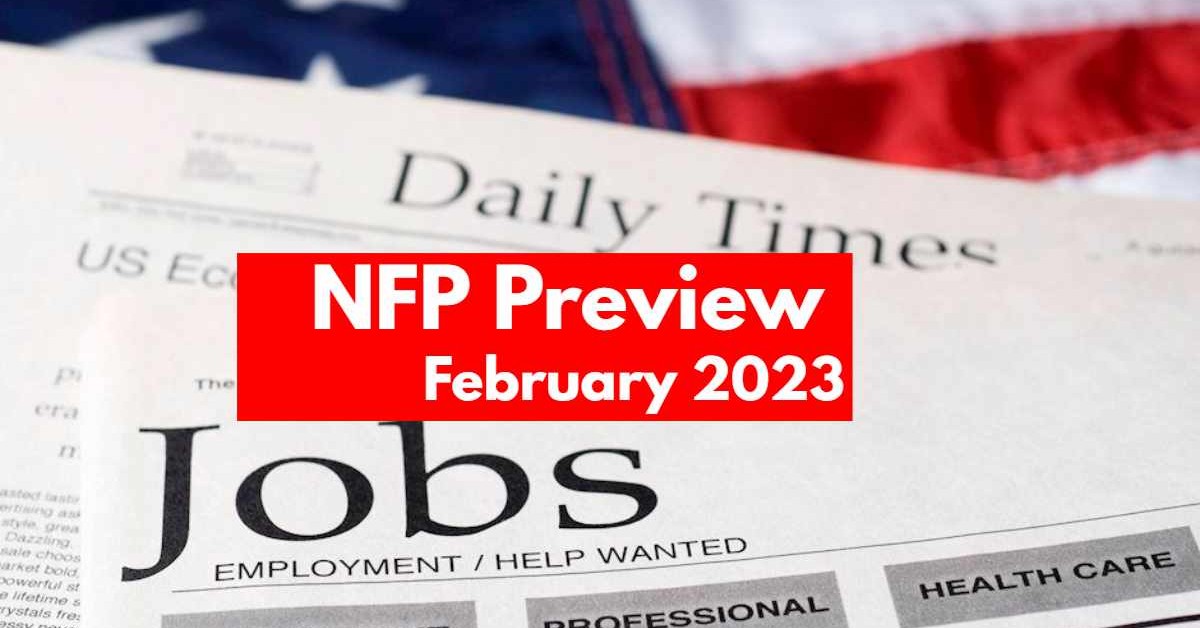Eyes on Labor market after predictable central banks
Ahead of NFP data, let us review other important labor market numbers that we have had this week. JOLTs' Job Openings on Wednesday were the first data we had; it showed an increase in the number of unfilled vacancies. December JOLTs openings raised again to 11.012M from 10.449M in November. Then on Thursday, we had initial Jobless claims. Initial claims to use unemployment benefits in the week ended January 28 fell to 183,000, lower than 200K market expectations and the 186,000 seen in the previous week. The four-week average of people applying for unemployment benefits fell further to 191,750, a new low since April 30 last year. Continuing claims for unemployment benefits also fell to 1.655 million in the week ended January 21, below market expectations of 1.677 million and the previous value of 1.666 million.
On top of that, the ISM Manufacturing PMI Employment component printed at 50.6, slightly lower than last month's 50.8 reading. We also had the ADP numbers earlier this week. According to payroll processing company ADP, private payrolls fell to 106,000 monthly, below the 178 market estimate and last month's 253K print. The most growth was in the hospitality sector, adding 95,000 jobs in bars, restaurants, hotels, and the like.
These data show that the labor market is still strong, contrasting with other data. Also, recent data show that a tight labor market is easing.
For today's NFP, readers and economists expect that the US economy created 180-200K net new jobs in January and that the average hourly earnings for workers rose by 0.3% monthly and 4.3% annually. If data beats the market expectations or even becomes in line with estimates, then we can expect a reverse we recently had in charts.
Wednesday, we had the FOMC interest rate meeting. Fed had no surprise with the expected 25 bps rate hike and somehow dovish or, better say, less hawkish decisions and tones.
Looking at Fed decisions and expected positive NFP numbers, we can wait for a positive reaction in the USD index chart, as you can see in the figure below, from a technical point of view. In the daily chart, USD Index moves in a clear downtrend with strong support around 101. Suppose it can stay above this level for a longer time, higher digits will be available in that case, and breaches under that, especially under 100, as its critical psychological level, can open the doors for lower levels. The next target lower sits at 98.90 and above this level, around 105.


















